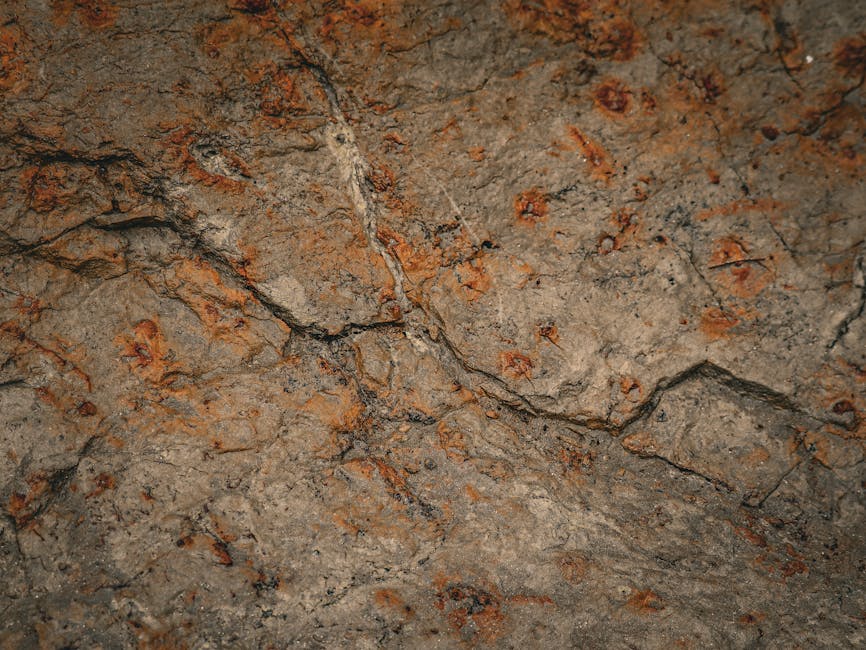Moon Rocks’ Hidden Story: Apollo 17 Samples Reveal Secrets of Ancient Lunar Volcanoes
Moon Rocks’ Hidden Story: Apollo 17 Samples Reveal Secrets of Ancient Lunar Volcanoes

Fifty years after Apollo 17 astronauts returned from the moon, their samples continue to unveil the mysteries of our celestial neighbor. A recent study focused on tiny glass beads, less than a millimeter in size, embedded within lunar rocks. These beads, some orange, some black, are remnants of explosive volcanic eruptions that shaped the moon’s surface billions of years ago.
Using cutting-edge technology unavailable in 1972, scientists at Washington University in St. Louis and Brown University analyzed these microscopic time capsules. Techniques like NanoSIMS 50 ion microprobe spectrometry allowed them to peer into the beads’ atomic structure, revealing details about the pressure, temperature, and chemical composition of the ancient volcanic plumes.
The research revealed a fascinating dichotomy. Black beads are rich in zinc-sulfide nanocrystals, suggesting a volcanic gas composition high in hydrogen and sulfur. Orange beads lack these crystals, hinting at a change in volcanic conditions over time. This difference provides a snapshot of the dynamic volcanic activity that shaped the lunar maria – the dark patches that create the familiar “Man in the Moon” image.
“It’s like reading the journal of an ancient lunar volcanologist,” says Ryan Ogliore, a physics professor involved in the study. The team’s findings offer compelling evidence of explosive lunar eruptions, similar to Hawaiian fire fountains, but with unique characteristics reflected in the beads’ color, shape, and chemical makeup.
The study, published in the journal Icarus, highlights the enduring scientific value of the Apollo missions. Even decades later, these lunar samples continue to unlock secrets about the moon’s fiery past, bringing us closer to understanding the formation of our lunar landscape and the processes that shaped it.
Disclaimer: This content is aggregated from public sources online. Please verify information independently. If you believe your rights have been infringed, contact us for removal.